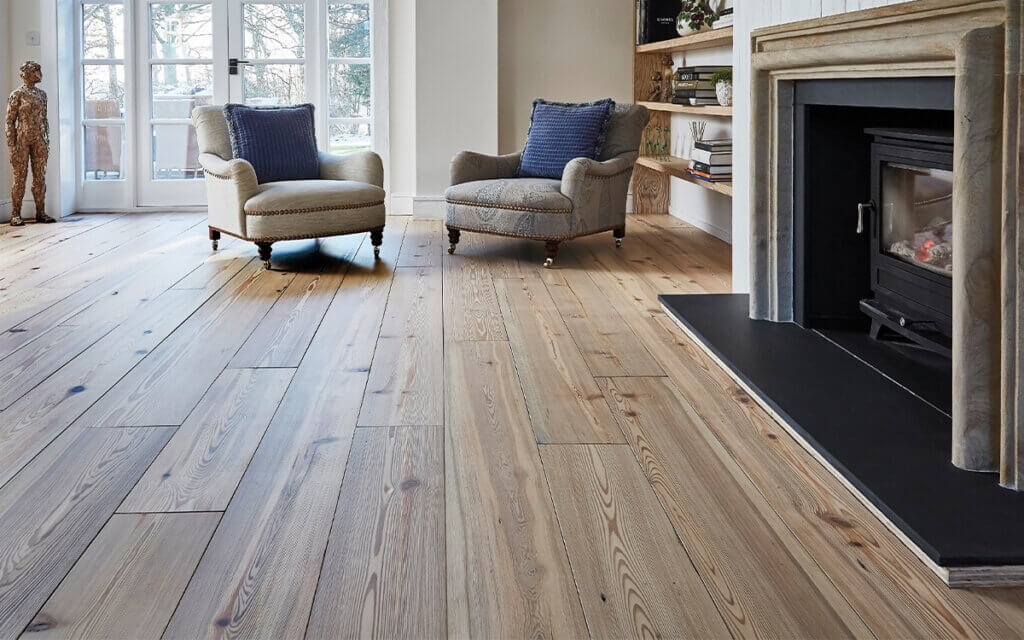In an age where sustainability and style are no longer mutually exclusive, one design choice stands out for its enduring appeal and eco-conscious credentials: reclaimed wood flooring. This flooring option does more than ground your interior—it tells a story, conserves resources, and offers unmatched aesthetic warmth. Whether you’re renovating a historic home or designing a modern retreat, reclaimed wood adds a layer of authenticity that brand-new materials simply can’t replicate.
What is Reclaimed Wood Flooring?
Reclaimed wood flooring is made from timber salvaged from old barns, factories, warehouses, and even sunken logs. Instead of being discarded, this aged wood is repurposed, treated, and transformed into stunning floorboards that blend history with sustainability. Each plank has its own character—rich patinas, nail holes, saw marks, and weathered textures—that cannot be manufactured.
Why Choose Reclaimed Wood?
1. Eco-Friendly by Nature
One of the main draws of reclaimed wood flooring is its minimal environmental impact. By reusing existing wood, you’re reducing the demand for new logging and saving centuries-old trees. It also diverts usable materials from landfills, aligning with green building standards like LEED.
2. Rich in History and Character
Each board of reclaimed wood has lived a life before it reaches your home. The wood may have supported an 1800s barn or formed the beams of an early American textile mill. This heritage translates into unique visual storytelling in your interior space—something no mass-produced flooring can offer.
3. Durable and Long-Lasting
Because reclaimed wood often comes from old-growth forests, it’s denser and more durable than modern fast-grown timber. This makes it not only an eco-conscious choice but also a practical one. Properly treated reclaimed wood flooring can last for generations.
4. Aesthetic Versatility
From rustic farmhouse kitchens to sleek urban lofts, reclaimed wood flooring adapts to a variety of styles. It pairs beautifully with exposed brick, concrete, and metal accents, or adds warmth to minimalist interiors. Its timeless charm transcends trends, making it a solid investment for years to come.
Design Tips for Using Reclaimed Wood Flooring
- Contrast with Modern Elements: Let the aged wood stand out by pairing it with contemporary lighting and neutral walls.
- Layer with Textures: Complement the natural texture of the wood with soft rugs, linen curtains, and organic materials.
- Go Wide or Herringbone: Wide planks emphasize the grain and patina of reclaimed wood. For a classic twist, consider a herringbone pattern for added visual interest.
Sourcing Matters
Not all reclaimed wood is created equal. Choose reputable suppliers who responsibly source, clean, and kiln-dry the wood to prevent pests and warping. Certifications like FSC (Forest Stewardship Council) can provide added assurance of sustainability.
A Statement That Lasts
Choosing reclaimed wood flooring is more than a design decision—it’s a commitment to preserving the past while protecting the future. It allows homeowners and designers alike to blend conscience with creativity, creating spaces that are as thoughtful as they are beautiful.
Whether you’re restoring a cottage or designing a new home, consider the timeless charm and eco-friendly elegance that reclaimed wood brings to your floors. It’s not just flooring—it’s a legacy underfoot.
